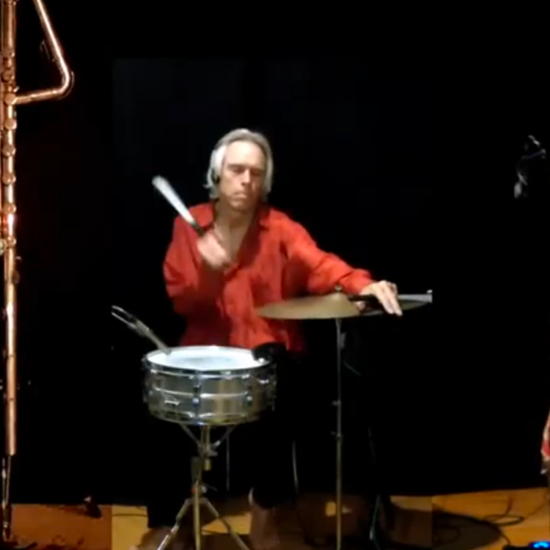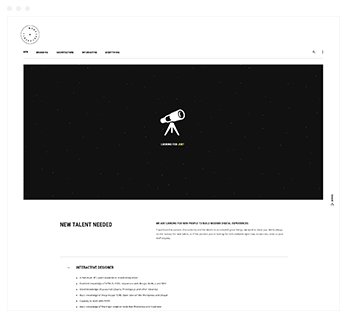The research project “Telematic Performance Format” at the Institute for Computer Music and Sound Technology investigated the performance practice of music and performative arts in the telematic network, with the aim of developing basic standards and communication protocols for telematic practice. The results will be available to artistic projects in the future and will be used in teaching.
Telematics, which has become an important concept in interactive media art since the early 1990s due to the development of the Internet, has been presented and explored in a series of music projects at the ZHdK since April 2013. Bringing concert spaces together via the Internet to form a telematic space opens up new possibilities for compositional and improvisational musical practice, but also leads to a changed perception of music and the performative arts by one or more audiences participating in parallel. After the introduction of broadband Internet in the 1990s, the new possibilities of communication were incorporated into performance practice. Although numerous projects on the theme of network art have emerged in recent years, no clear-cut art movement has yet been established. The approaches and also the technologies were too different.
Telematic space consists of an interweaving of real spaces; it is ephemeral and composed of virtual and real images. However, in addition to the visible component, the telematic space also includes the interconnected network, which influences the performance with its “mechanics”. When 2-dimensional images meet 3-dimensional sounds and spaces in real time, the interaction of these elements requires a staging. The present research project investigates the performance practice of music and performative arts in the telematic network, with the aim of developing basic standards and communication protocols for telematic practice.





































